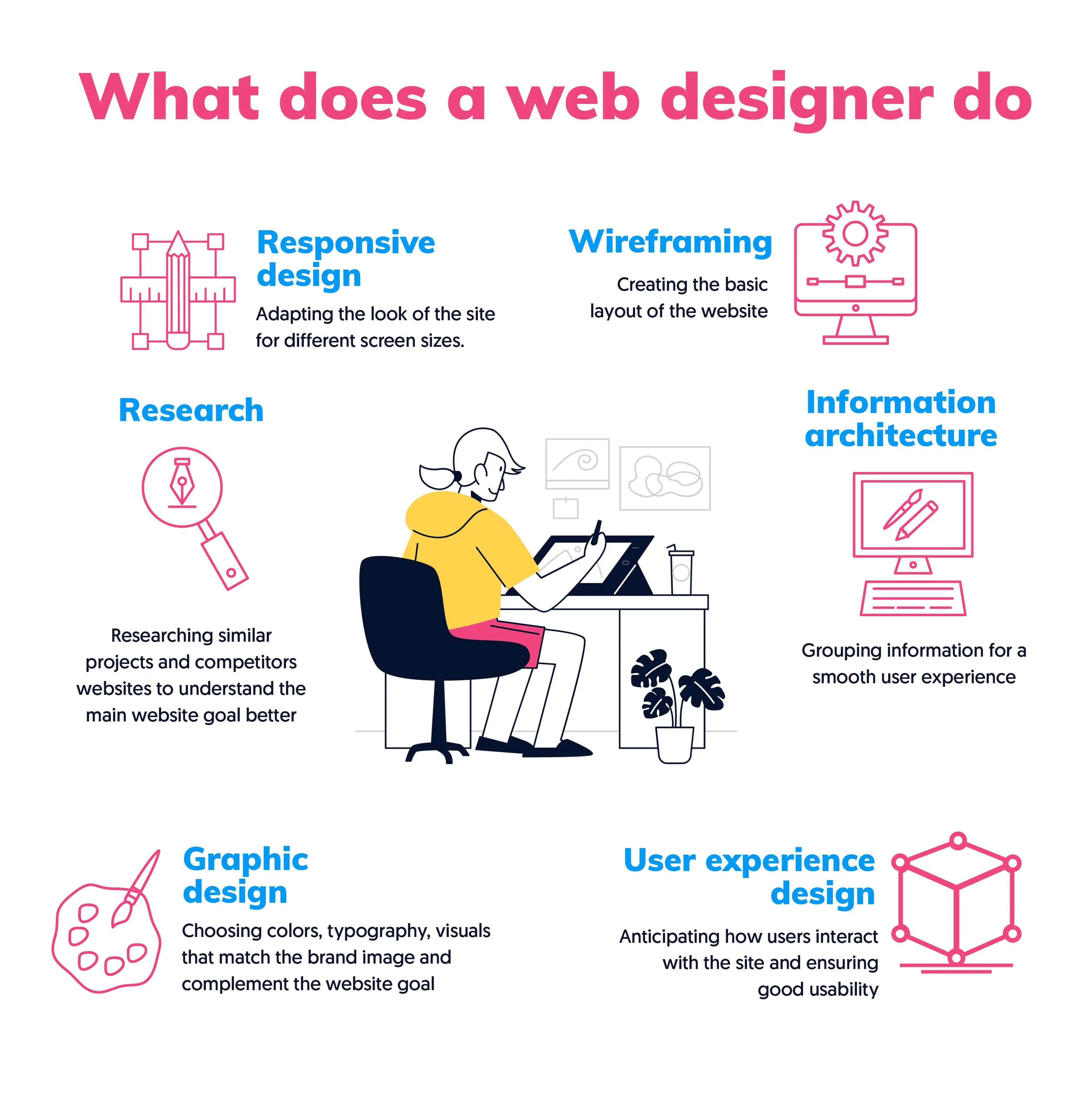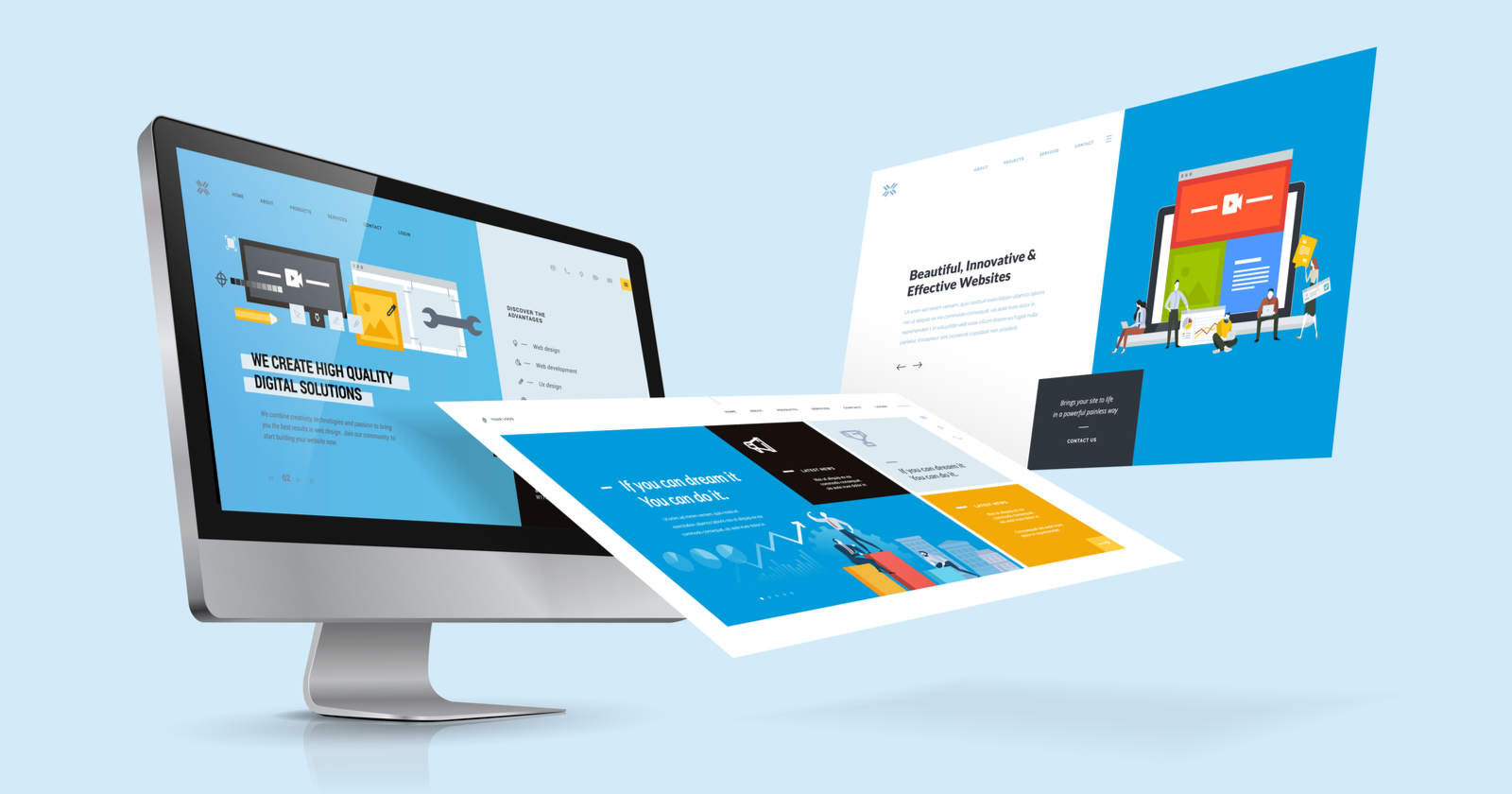Aligned Position Web Design: Delivering High-Quality, User-Friendly Web Designs for Every Industry
Aligned Position Web Design: Delivering High-Quality, User-Friendly Web Designs for Every Industry
Blog Article
The Very Best Sorts Of Website Design to Enhance Customer Experience and Engagement
In the ever-evolving landscape of electronic communication, the effectiveness of Web design significantly influences customer experience and engagement. Different style approaches, such as minimalist, responsive, and interactive designs, each offer one-of-a-kind advantages that can cater to varied user needs.
Minimal Website Design
As digital landscapes become progressively messy, minimal Web layout has become an effective strategy to improving individual experience. This style philosophy prioritizes simpleness, concentrating on necessary components while eliminating unneeded diversions. By utilizing adequate white room, straightforward navigation, and a limited shade palette, minimalist layout promotes quality and directs customer focus to essential content.
The core concept of minimalist Web layout is to develop a smooth interaction for individuals. By decreasing cognitive load, customers can quickly understand info without really feeling bewildered. This straight approach not only enhances usability but also urges involvement, as visitors are more likely to discover a site that is visually appealing and very easy to navigate.
Additionally, minimalist design typically highlights typography and images, making use of these elements strategically to convey messages effectively. In essence, minimalist Web style is not just a fad; it is a thoughtful technique that acknowledges the relevance of user-centered design.
Receptive Website Design
In today's varied digital environment, responsive website design has become vital for creating a seamless user experience across a multitude of gadgets. As users accessibility internet sites on smart devices, tablets, laptop computers, and desktop computers, the capability of a web site to adapt its design and content to different screen sizes and resolutions is crucial.
Receptive Web layout employs flexible grids, photos, and CSS media inquiries to make sure that Web material exists ideally, despite the gadget made use of. This strategy not just enhances the visual charm of an internet site but also dramatically enhances functionality. Customers are most likely to involve with a site that supplies a constant experience, as it eliminates the stress of needing to focus or scroll excessively.
By adopting responsive style, companies can improve their presence and reach a wider audience. In summary, responsive Web design is a fundamental method that improves individual experience, involvement, and overall contentment.
Interactive Web Design
Responsive Web style lays the foundation for boosting individual experience, however interactive website design takes this an action further by involving customers in a more dynamic method - Aligned Position Web Design. By including elements such as computer animations, clickable models, and real-time comments, interactive Web style mesmerizes customers, drawing them into a richer surfing experience
This approach not just promotes engagement however also motivates individuals to check out material actively instead of passively consuming it. Methods such as gamification, where individuals make rewards for finishing tasks, can dramatically enhance the time invested in a site and improve overall fulfillment. Furthermore, interactive features can streamline intricate details, making it a lot more pleasurable and absorbable.

Integrating interactive layout elements can likewise cause greater conversion rates, as individuals are most likely to engage with a site that actively entails them. Aligned Position Web Design. Ultimately, interactive Web style changes customer experiences right into remarkable that site journeys, guaranteeing that site visitors return time and once more
Apartment Layout
Characterized by its minimalistic approach, flat design emphasizes simplicity and functionality, stripping away unnecessary aspects and concentrating on crucial features. This layout ideology focuses on usability, ensuring that users can navigate user interfaces with convenience and performance. By employing a clean visual, level style gets rid of the clutter commonly discovered in extra luxuriant designs, consequently improving user focus on material and capability.
The hallmark of level design hinges on its usage of strong colors, simple typography, and geometric forms. These aspects contribute to an aesthetically enticing interface that is both contemporary and friendly. Additionally, level style fosters a feeling of clearness, enabling users to recognize essential activities and info without distraction.
In addition, flat design is specifically efficient in responsive Web design, as its simpleness converts well across different devices and display sizes. The lack of complex textures and slopes reduces filling times, which is important for maintaining individual involvement. As electronic landscapes continue to advance, flat style remains an appropriate choice for developing user-friendly web sites that enhance general experience. By concentrating on crucial attributes, flat style not just satisfies customer needs but likewise urges seamless interaction, making it an essential part of reliable website design strategies.
Adaptive Web Layout
Flexible Web layout tailors the individual experience by developing multiple fixed layouts customized to different display dimensions and tools. Unlike receptive design, which fluidly adjusts a single layout, adaptive design employs distinct layouts for particular breakpoints, making sure ideal presentation on different platforms. This technique permits developers to concentrate on the special features of each tool, improving use by supplying specifically what individuals need based on their context.
One of the key benefits browse around these guys of flexible Web design is its ability to maximize lots times and performance. By serving customized web content and pictures that fit the individual's device, websites can minimize information usage and improve loading rates. This is especially helpful for individuals with slower connections or minimal data plans.

In addition, adaptive layout helps with an extra controlled and constant branding experience. Because developers develop multiple designs, get redirected here they can make certain that the visual elements line up with the brand's identification throughout different platforms - Aligned Position Web Design. This leads to a natural customer experience, boosting interaction and advertising user retention
Conclusion
Minimal layout fosters clearness and focus, while receptive design makes certain adaptability across various devices, advertising ease of access. Jointly, these design comes close to contribute to the production of user-friendly environments that not only boost satisfaction however also drive greater conversion prices, underscoring their crucial importance in modern Web design techniques.

Minimalist design fosters clearness and emphasis, while receptive design guarantees adaptability across different tools, advertising access. Jointly, these layout comes close to contribute to the development of easy to use settings that not just enhance contentment but likewise drive higher conversion prices, underscoring their critical value in contemporary Web style techniques.
Report this page